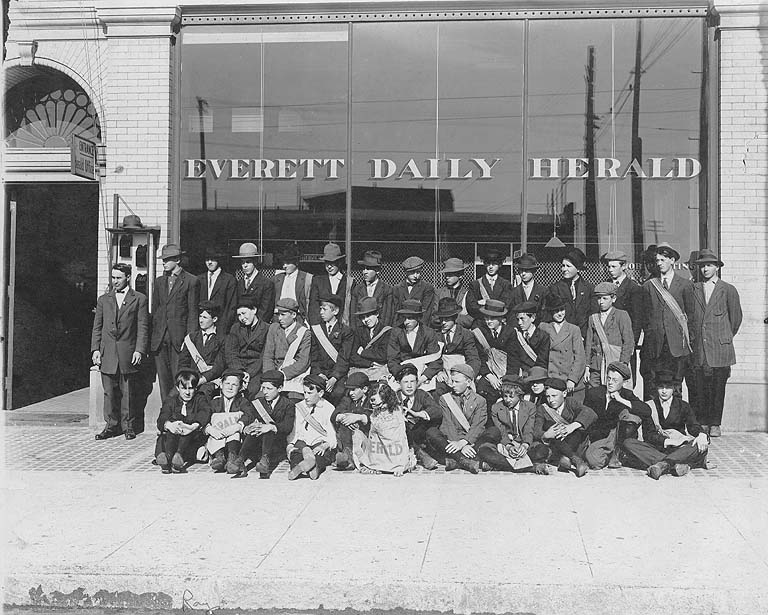The Healthcare Marketing & Physician Strategies Summit (HMPS25) was in Orlando last week. It was great to spend a full week with healthcare marketing folks, unpacking what’s going on today in healthcare and how that translates into strategies that actually work.
I spent my time focused largely on branding and strategic marketing related sessions. As with any conference, there was a ton of content. Here are my 9 top takeaways from the week.
 It’s All About Positioning
It’s All About Positioning
More than ever, sophisticated marketing tactics and efforts can be leveraged to drive improved marketing results, get more patients in the door, and more effectively build a robust referral base. But time and time again, the presentations at HMPS25 affirmed that brand positioning is an absolutely essential foundation for every marketing and outreach effort.
Developing unique positioning is the only thing that will set you apart from competitors in a crowded market. It’s what will allow you to have message discipline across all of your efforts. And it’s what will ensure that you don’t optimize away your uniqueness in search of results.
We like to think of brand positioning as an accelerant for the rest of your efforts — amplifying everything else you do. Read more about this topic in WARC’s The Multiplier Effect Whitepaper.
Positioning requires deep work, time, and effort, but when you take the time to do it, it changes everything.
 The Implementation of that Positioning Must Be Consistent
The Implementation of that Positioning Must Be Consistent
I’ve always said that implementation is the hardest part of the work. During his session, Gabriel Cohen, from Monigle, shared that they had recently completed research with 60 healthcare CMOs who underwent a branding process. Of those 70% said that their brand implementation efforts lost momentum before 18 months.
This is obviously a huge problem. Organizations invest vast resources in a new brand and it takes 18 months to three years for a new brand to be remembered and repeated back by patients and other stakeholders. That means a full 70% never see the benefit of their efforts.
This is why our team focuses on leveraging content strategy and structured content planning to implement a brand consistently throughout parts of the org that communicate externally. It’s also why we recommend ongoing brand training throughout the organization to make sure it’s changing every part of the patient experience..
 A Little Empathy & Enablement Go A Long Way Towards Successful Implementation
A Little Empathy & Enablement Go A Long Way Towards Successful Implementation
Throughout all of the branding presentations at HMPS25, one area of emphasis was on ensuring that empathy and enablement were at the core of brand implementation. Speaker after speaker emphasized that policing and enforcing the new brand simply doesn’t work (it never did, in fact).
In the past, we’ve talked to clients about this using the metaphor of an Australian sheep ranch. In these ranches sheep are allowed to graze free and are enticed back to the ranch for things like watering holes, etc. The sheep stick around because the ranch provides them with what they need. The same needs to be true in your brand implementation work.
By focusing on meeting people where they are, providing them with tools that make their lives easier, and helping them do their jobs better while living out the brand will lead to a much higher likelihood that the brand implementation maintains momentum beyond 18 months.
 Brands That Embrace Storytelling & A Sense of Place Thrive
Brands That Embrace Storytelling & A Sense of Place Thrive
UCSF Health shared an excellent presentation about a recent brand campaign that they did which embraced their identity as a San Francisco health system through creative storytelling. The campaign was centered around a poem written to the city and showcased UCSF’s commitment to being a health system in and for the city.
This campaign, which is part of a broader branding effort, resonated because it told a story that wasn’t just about healthcare but about the people who give and receive it, and their lives in the city. It was memorable because it took risks. Check out the campaign landing page here and their ad spot here.
More healthcare brands should take similar risks.
 Your Rebrand Needs To Do More Than Follow The Crowd
Your Rebrand Needs To Do More Than Follow The Crowd
One of the things about spending time at a healthcare conference filled with smart people from large health systems is that you begin to see where commonalities exist. Amongst these large health systems there were numerous Catholic systems and they all have a very similar cross symbol as their logo. Now, I am not knocking the caduceus which has a deep history in healthcare, but if you aren’t wed to a cross, it may be an opportunity to differentiate by going in a different direction.
Another place for differentiation is in naming. Over 100 healthcare rebrands completed in the last decade that resulted in a health system or organization shortening their name from ____ Healthcare to ___ Health. Now, again, sometimes it's valuable to have health in your name, but if you can avoid it, that’s another chance to build differentiation and memorability.
 Trust Is (Has Been) On The Decline, But There Are Ways To Mitigate that
Trust Is (Has Been) On The Decline, But There Are Ways To Mitigate that
I’ve written and podcasted about the crisis of trust recently. Research presented by Jarrard further illustrates this. Their research from January showed that 76% of people believe that hospitals are most focused on making money. This creates a super difficult environment to build trust.
The best way to mitigate this, based on the Jarrard research and other research we’ve seen, is by giving more voice to providers and other clinical experts — who patients and other stakeholders still generally trust.
Obviously, trust will have to be built in numerous ways, but this is a start.
 Blocking & Tackling Isn’t Enough With Referrals
Blocking & Tackling Isn’t Enough With Referrals
Gone are the days when it was enough to simply show up with treats or swag to gain provider referrals. Sure, providers want you to visit, but there needs to be a deeper strategy behind it. In the physician strategies track at HMPS25, presenters from numerous major health systems emphasized the need to create a multi-channel approach that keeps your health system or clinic top of mind, augmented by constant cultivation by reps.
I thought two of the emphasized strategies were particularly clever:
Identifying the areas in the care continuum that aren’t typically targeted for referrals by other systems. For a hospital this might mean investing in deeper referral relationships with Emergency Medical Services, for example.
The other interesting strategy was focusing on making sure that if they can’t be the first choice everywhere, it’s valuable to be focused on being second or third choice because that will help increase referral volume.
 A Practical Framework For Building Credibility
A Practical Framework For Building Credibility
During the Friday morning keynote, Dennis Pullin, the President and CEO of Virtua Health participated in a Q&A. He specifically spoke about the framework he uses to think of building credibility. I found it especially helpful. You may as well.
Pullin said that credibility is a combination of 3 things: the messenger, the message, and the messaging. All have to be on point to build credibility. Let’s look a little deeper:
- The Messenger: The key issue here is to consider whether the person delivering the message is perceived as credible. What needs to be done to increase that person’s credibility?
- The Message: In order to be credible in the healthcare space, a message needs to have true substance behind it and be grounded in practice and evidence.
- The Messaging: Finally, the message needs to be delivered in a way that is digestible for people. They need to understand it and internalize it with ease.
 Branding Must Be Done Through The C-Suite → And Flow Through The Entire Organization
Branding Must Be Done Through The C-Suite → And Flow Through The Entire Organization
Anyone can work on a branding project but in order for it to achieve true transformational change it needs to be led by the C-Suite and flow down to the entire organization?
Why? Because at the end of the day branding is a culture change initiative. Only the C-Suite can ensure that the implementation of the brand filters down to every department, ensuring that an inspiring campaign from marketing and comms doesn’t become only that.
There was so much more to highlight from the week, but I’ll stop there. I’d love to hear your takeaways in the comments if you were at HMPS25. Looking forward to next year.
Don’t miss out, get Brave News now
Join the ABN community and be the first to learn about trends in inbound marketing, branding, and web design.







